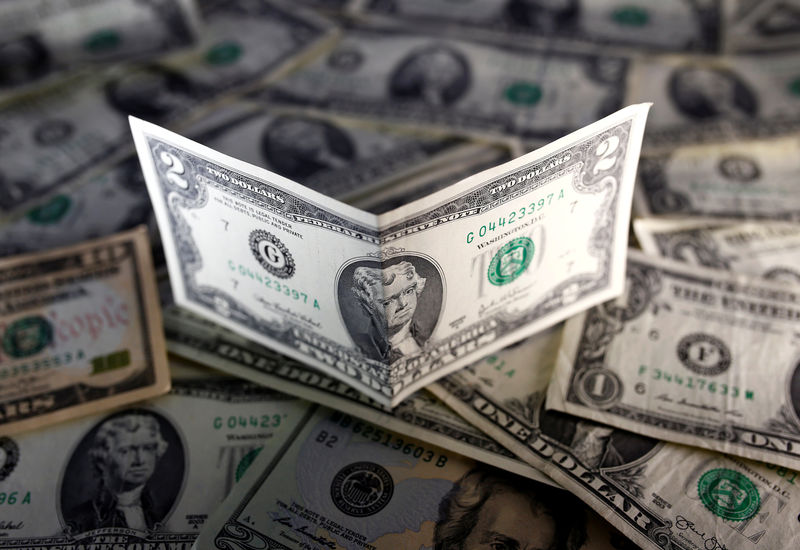By Geoffrey Smith
Investing.com -- The dollar was marginally lower in early trade in Europe Wednesday, consolidating after being pulled higher by rising bond yields and a broad drop in risk appetite as the U.S. returned from a long holiday weekend on Tuesday.
By 3:05 AM ET (0805 GMT), the dollar index, which tracks the greenback against a basket of developed market currencies, was down less than 0.1% at 95.677, after hitting its highest level in a week on Tuesday at 95.805.
The main driver for that upward move had been fears of inflation and expectations of aggressive action by the Federal Reserve to contain it. While talk of a 50-basis point hike in official interest rates at the Fed's March meeting is still confined to a small minority, short-term money market futures have implicitly started to price in that risk.
The yield on the 10-Year benchmark U.S. Treasury continued to grind higher in early dealings, however, rising two basis points to a new two-year high just under 1.90%.
The sell-off in bonds has not been limited to the U.S. Germany's 10-Year benchmark bond traded above 0% for the first time since 2019, after German inflation was confirmed at 5.3% - the highest since the reunification boom over 30 years ago - in December. At a Eurogroup meeting on Tuesday, Germany's new finance minister Christian Lindner had warned of the need to rein in fiscal stimulus in the Eurozone and reintroduce some more effective limits on government borrowing, in a year when the European Central Bank is set to start winding down its support for Eurozone bond markets.
The euro was flat at $1.1332, after falling over 0.5% on Tuesday.
The pound was also struggling to make headway against the dollar, drifting just under $1.3600, despite another 30-year high in U.K. inflation that raised the prospects of the Bank of England raising interest rates again in the near future - possibly as early as its next meeting on February 3.
Figures from the Office for National Statistics showed both core and headline consumer prices rising 0.5% in December, well above forecasts. That pushed the annual CPI up to 4.2% and the annual core CPI up to 5.3%.
Other factors supporting the dollar have been the sharp rise in oil prices in recent days, which raises the dollar needs of non-U.S. who have to buy fixed amounts of oil. That factor may ebb a little Wednesday after Turkish officials said that a key export pipeline which had been taken offline after a mystery blast on Tuesday is now pumping at its usual rate again.
